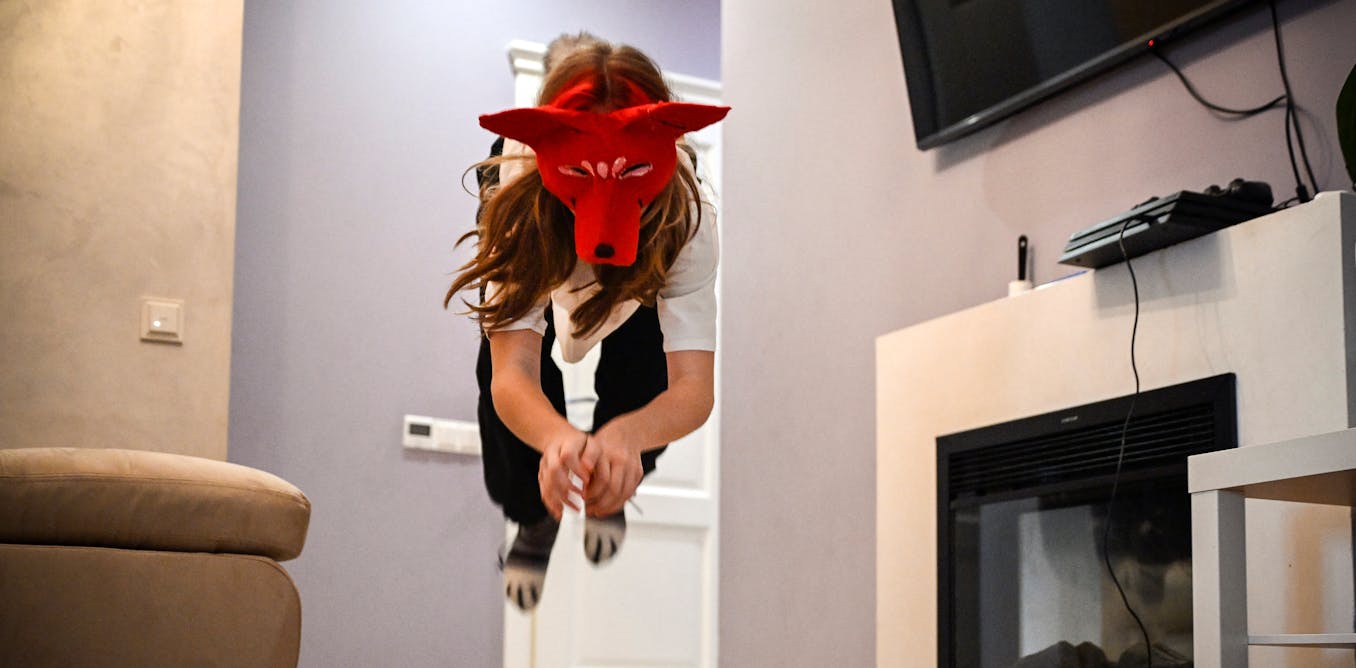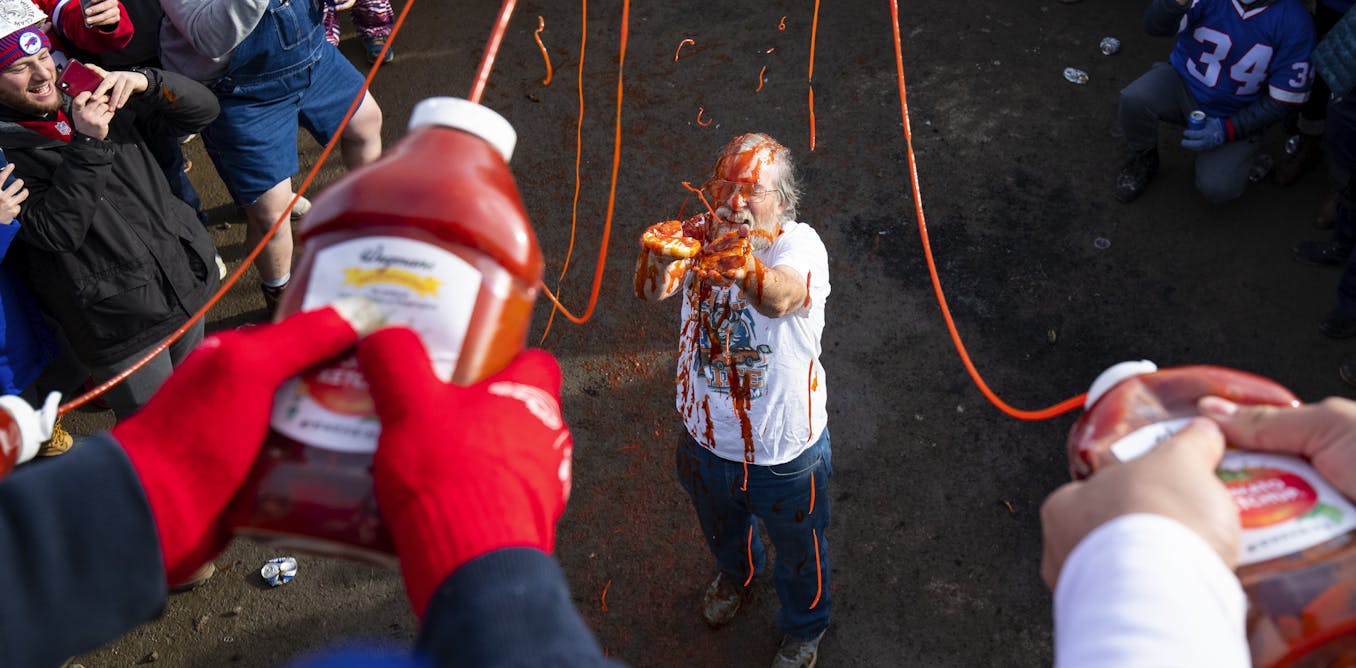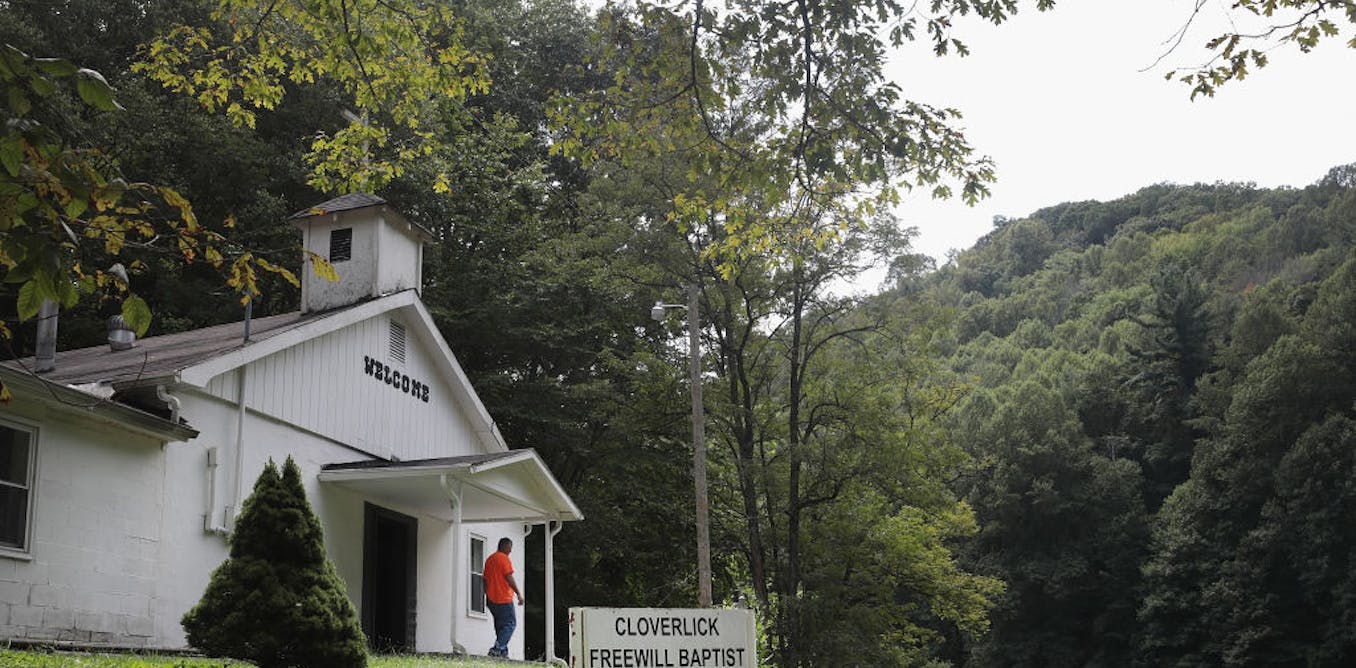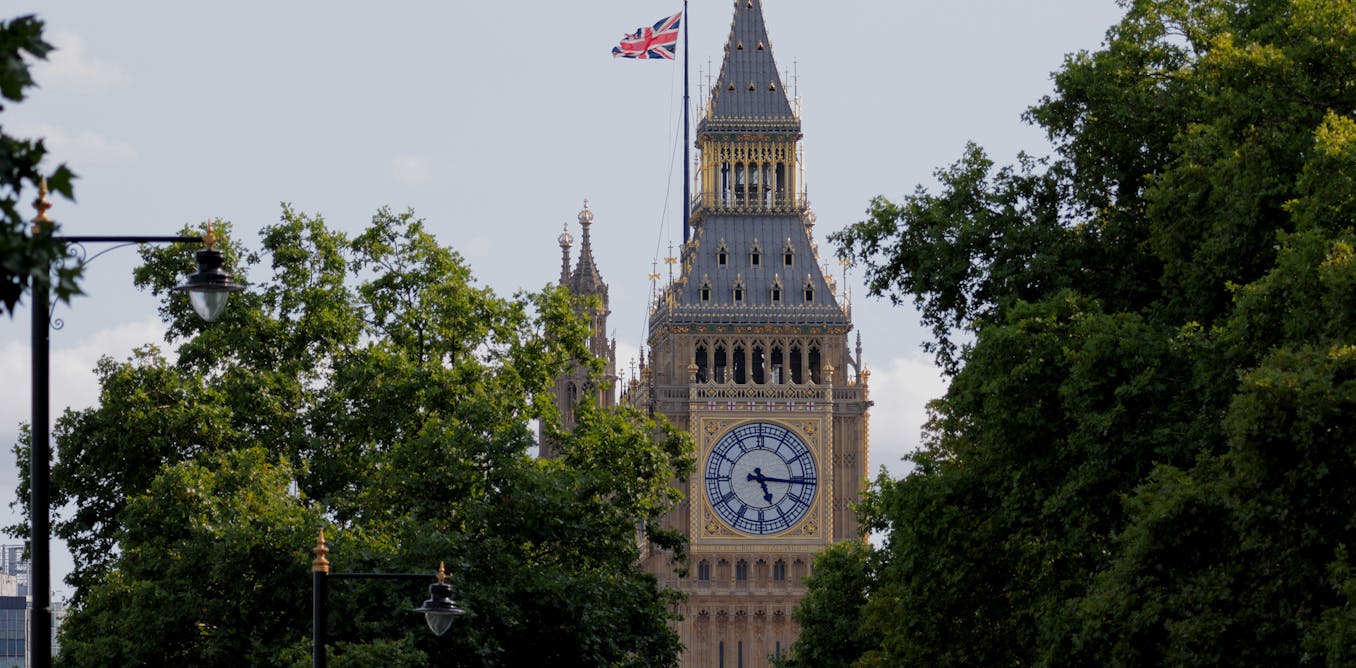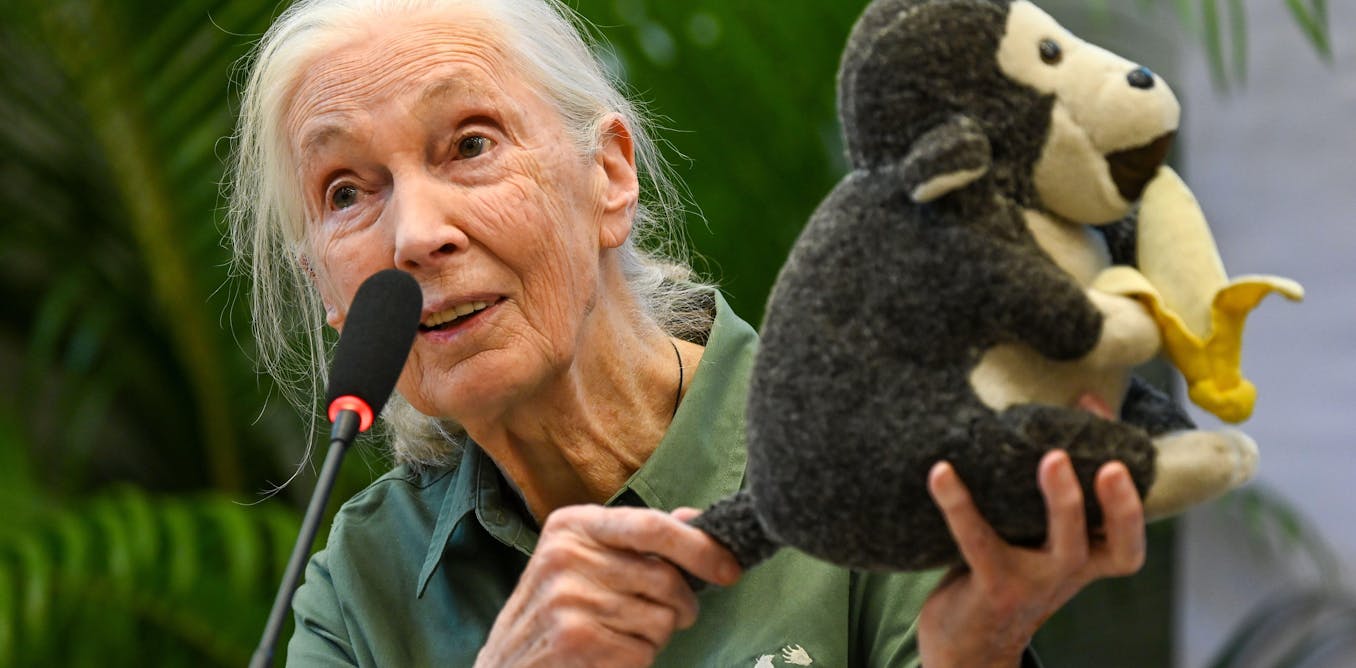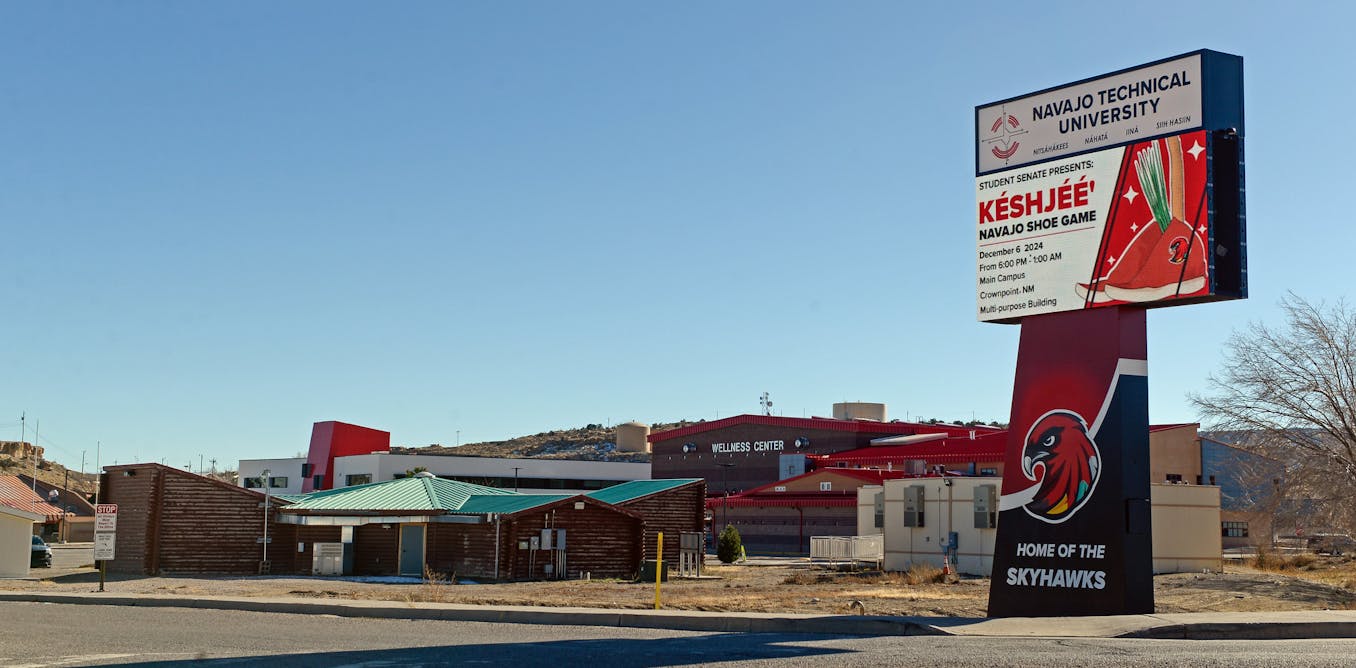Welcome to the Palace of Knossos in Crete, where we are traveling back in time over 4,000 years ago. Crete, Greece’s largest island and the 5th largest island in the Mediterranean, was once occupied by the Minoan people, who are thought to be the oldest civilization in Europe. The Palace of Knossos, located in Heraklion, is where we uncover captivating mysteries and mythology of this ancient civilization.
The palace was restored by archaeologist Sir Arthur Evans, with the aim of interpreting many of the palace’s rooms, features, frescoes, and mythological elements. The most famous of these is the labyrinth and the Minotaur, a monster with a bull’s head, as well as a mysterious snake goddess figurine found on the palace grounds.
The Palace of Knossos also boasted many innovations for its time, including what is thought to be the first flushing toilet, drainage system, and pipes for fresh water. The 1,300-room palace also boasts many other frescos and painted columns, with one of the most famous frescos depicting a scene of acrobatic “bull leaping.”
One of the main rooms in the Palace of Knossos is the Throne Room, an intimate setting that can hold no more than thirty people at a time. The room is adorned with murals depicting griffins, a mythical combination of an eagle and a lion. Theories about the room’s purpose range from religious to political to astronomical.
Visiting the Palace of Knossos gives us a glimpse into the fascinating and advanced civilization of the Minoan people, and the tour through the palace is both enlightening and awe-inspiring. So, if you’re in Crete, a visit to the Palace of Knossos is a must to experience the wonders of this ancient civilization.
Watch the video by Run The Atlas
Welcome to Creet Greece’s largest island and fifth largest island in the Mediterranean the minan people once occupied this land over 4,000 years ago and are thought to be the oldest civilization in Europe today we visit their palace of nosus and aracleon and uncover the Mysteries and Mythologies welcome to the Palace of nasis we are at the Palace of nosus here in cre this is the bust of Sir Arthur Evans who led the excavation here this beautiful palace we are at the palace of nosus here in C this was excavated in 1900 by
Sir Arthur Evans It’s the largest palace here in cre and it’s believed to be the center of the economic and political authority of the time we’re going to go check it out and there’s a surprise underneath a labyrinth with a monster called the minitar we are taking a trip back in
Time close to 5,000 years ago upon entering the palace we notice a number of large red columns reconstructed using concrete the original used wood stepping inside the palace we see a reconstruction of the procession Fresco which depicts men walking carrying ceremonial vases the men were depicted with reddish
Tan skin suggesting that they engaged in a number of outdoor activities so we docked in Suda Bay and it took us about 2 hours to get here a very scenic drive through the mountains and now we’re here it’s December right before Christmas our tour is here and a
Couple others we got here around 10:00 a.m. it’s very dry out very Mediterranean very similar to the weather in California and this Palace is surrounded by beautiful buan Vias everywhere and it’s massive we’re going to take a tour it’s going to be about an hour and a half to
Walk through this Palace so the my know one people lived here and they were pretty much self-sufficient except for bronze which they had to import and you can see here lots of beautiful columns the rooms were interpreted by Sir Arthur Evans what’s also interesting is it’s known for a
Number of Fresco including some bull leaping Fresco they had this acrobatic activity on top of the bull the bull is a very sacred animal here so it’s depicted many times throughout the artwork and another fun fact is this area had gender egalitarianism so women are depicted very often in artwork
These are called the store rooms so some of the items that they would store include wine and olive oil so they said that the whole production of the town was stored here all of the olive oil for the people hundreds of thousands of people this was three stories lots of quantity of products
Were stored here inside we see a number of reconstructed esos giving us a glimpse at minoan life one of the most notable is the ladies in blue which gives a clear portrayal of monan female fashion we see white-skinned ladies with elaborate coiled hairstyles the people depicted here who
Are from Nubia all the way in Egypt and these are copies be sure to like And subscribe for more travel videos so this is the throne room and we’re here in off season in December but if you’re here during summer the queue for this room goes all the way back
There going in the throne room the floor right here is original made of gypsum it’s unclear as to what really went down in the throne room the area is an intimate setting able to hold no more than 30 people at a time it’s unpretentious but also holds a mythical
And otherworldly Mystique on the walls we see Griffins a mythical combination of an eagle and a lion there’s a gypsum Throne which is still on view to this day and a stone Bowl which may have been used for religious rituals the theories on this room range from religious to political
To astronomical one of the most amazing finds in the palace is not the minitar but the snake goddess Sir Arthur Evans uncovered this evocative figurine after digging out the entire Western Wing and checking under the paved Stones it’s now found at the aracon archaeological Museum she wears a full skirt made of
Seven layers of flounced cloth and an apron ankles not exposed but barechested cat on her head and two snakes in hand what she meant to the Myans is not well understood meanwhile our quest to find the bullheaded minitar still stands so our guide was saying that there’s not many bulls left on the
Island of cre they still do have them but they’re not as prevalent as sheep and goats and back in the day the Bulls were mostly used as transportation and they were very sacred because of that and they did not sacrifice the Bulls yet they would offer figurines and things
Like that in the form of a bull like the Bull’s horns next we see the grand staircase one of the marvels of Manan architecture it leads to the Royal apartment he used to be able to walk on it but it’s been closed off now and the stairs are original and made of
Gypsum so our guide mentioned that they had flushing toilets here which was a really big technology at the time and also they had terracotta pipes for water fresh water so behind me are the clay pots and as you can see they’re quite tall almost as big as me and the minan
People were not very tall so they had ladders that went into the pots here are some more Fresco very elaborately painted very bright we snu back up here and there’s nobody here this right here is some ancient jump rope can see the bowl right there horns they date back to the first palasa
They’re nearly 4,000 years old though these are Originals made of clay this was the very first European city to have flushing toilets clean water supply lines and a sophisticated drainage system that separated septic waste from rainwater runoff they had an ancient drainage system here this is called the Royal Road was a processional
Way this Palace had 1,200 rooms archaeologists say that about 10,000 people lived in this Palace at a given time how did you like the palace today so old and so fascinating their civilization to it was cool really cool thoughts on the palace cool I believe all this history goes back to 2,000
Years before Christ we just finished our tour we walked in the steps of time back in time to the my no one period and learning about their thriving Civilization so we’re walking through and I have to say I have some mixed reviews of the Reconstruction here CU there’s a lot of concrete slabs in between the original flooring and the original materials and I got to say it kind of stands out like you can tell what’s new
And what’s not and here’s an example lots of concrete Lots of original kind of mixed in now while the minitar did not make an appearance on this trip to the Palace we did capture one special inhabitant on our way out a family of peacocks regally graced
The grounds of the palace to this day now we crossed the countryside in search for Greek cuisine now time to eat so we have the do m the stuffed Vine leaves we have a sheep’s milk cheese and bread with Tomato first olive trees welcome to cre we just had lunch at this really cool restaurant they made some local Cuisine and baked chicken BP got the vegetarian dish which came out all potatoes potatoes this guy look like Walt Disney we’re at this church and they have a cemetery here everything is above
Ground they have little artifacts from each person kind of reminds me a little bit of deos look how cool this Countryside is right outside of herculan it’s really cool it’s kind of irao kind of reminds us of the train in Baja or also in parts of California
And Channel Islands so the town of herculon it was named after Hercules obviously kind of sounds like his name and we’re walking by one of the main exports of creit which is olive oil is so good it’s like liquid gold we hope that you enjoyed this tour
Of creit and the Palace of nosus be sure to like And subscribe for many more travel videos and we’ll see you in the next one
Video “INSIDE the PALACE OF KNOSSOS in CRETE #travelvlog” was uploaded on 01/04/2024. Watch all the latest Videos by Run The Atlas on Gretopia







